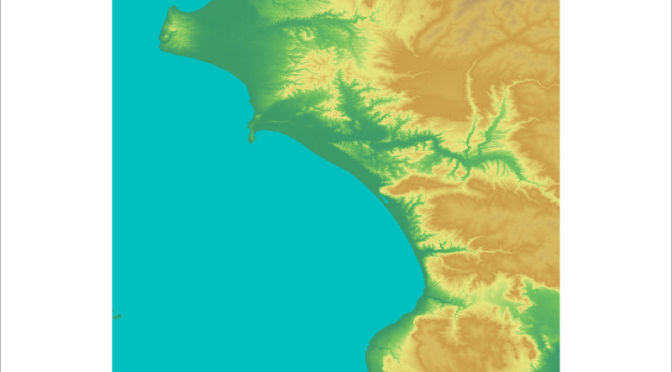As I mentioned some days ago in a previous post, this has been the year of the podcasts for me. Not that I did not know them before, but only at the very last months of the dissertation I was able to find in (a lot of) them the distraction I needed. I know it is paradoxical to claim that I found distraction of a dissertation on archaeology by listening to podcasts on archaeology, but I can only plead that they are also very funny! So I thought I could make a list of my, so far, favorite ones. If you are looking for something to listen to, I hope this list can give you some good ideas!
1.- Archaeological Fantasies:
This is by far my favorite podcast, and in fact I already wrote a previous post on it. The aim of this show, led by Sara Head with Ken Feder (my idol on fighting pseudoarchaeology) and Jeb Carb as regular hosts, is to dismantle all pseudoarchaeological and fringe theories regarding the human past. And the list is quite long… In the over 100 episodes so far they have covered some of the most common, as well as the least-known, topics on the fringe such as my beloved Atlantis, the dark side of archaeogenetics, the myth of the European mound-builders, the solutrean hypothesis, archaeoastronomy and Göbekli Tepe… The list is endless! And it is still very active. For me it is very useful to listen to some educated voices that dismantle piece by piece all these fringe perspectives in archaeology and anthropology. Even more importan, they make very clear the dark sides of many of these pseudotheories, such as their inherent racism, male whitewashing, and postcolonialism.
https://archyfantasies.com/subscribe-to-podcast/
2.- The Fall of Rome:
This podcast came as a great surprise, and it is a pity no more episodes are available. Patrick Wyman presents in 21 episodes a brilliant narrative about the collapse of the Roman Empire, a fascinating period that does not usually receive the attention it deserves. Cultural misconceptions of decay and collapse, rather than change and innovation, that overemphasize the classical world lost over the new political entities being created makes the 4th to 6th c. CE less attractive to the general public, and let us be honest to many scholars too, than the heyday of the Roman Republic and Empire between the 2 c. BCE and the 2c. CE. History, archaeology, climate science, network models… are all brought together to explain this historical event beyond the pillaging, bloodshed, and civilization vs. barbarism that characterizes old narratives. As I said, pity we have no more episodes. A must listened to.
https://fallofromepodcast.wordpress.com/
3.- Myth and Legends:
This is undoubtedly one of the largest podcasts out there. It may come as a surprise to some of you that I am including it in this list. Obviously, it is not a podcast on archaeology explicitly, but it covers in its now over 130 episodes legends and myths from many cultures we usually perceive as archaeology research topics. This is not quite my favorite way of approaching this field of folklore, probably because my wider anthro training makes me have a more flexible interpretation of what I mean by archaeology. Myths and legends, past and present, are important elements of cultural identity and transmission, that is why I perceive them, at least in my mind, as part of my archaeology prism. Anyway, a lot of episodes on Herakles and Ragnar Lothbrok!
4.- The History of Exploration:
As opposed to the Fall of Rome, which covered in the end the complete temporal framework of its topic, this podcast intended to present all humankinds’ history of discovering the world, but stopped after 9 episodes with the explorations of Polybius. A real pity, because the material we have available is very interesting, and I confess I discovered a great deal of information on early Greek and Punic travels to sub-Saharan Africa I was not aware of.
https://historyofexploration.net/
5.- This is not exactly a podcast in archaeology. Well, it is not at all. But due to my research with divers I presume I cannot avoid including it here. The idea of the podcast is rather simple: to interview for about an hour very big names in the sport of freediving. It is very interesting to me, as an amateur freediver who got into the sport as a way of exploring a research topic, to find all the different ways of facing freediving, from pure sport/competition/results based mentality to something that, sometimes, gets very close to a spiritual movement. For me it is fascinating how an activity practiced all around the world and across time for, mostly, harvesting the sea, has become at the same time a hypermetric sport and a new age-influenced movement. Perhaps this podcast is too specific for anybody not interested in the sport, but I can assure you that it is a more fascinating topic that you may think at first!



